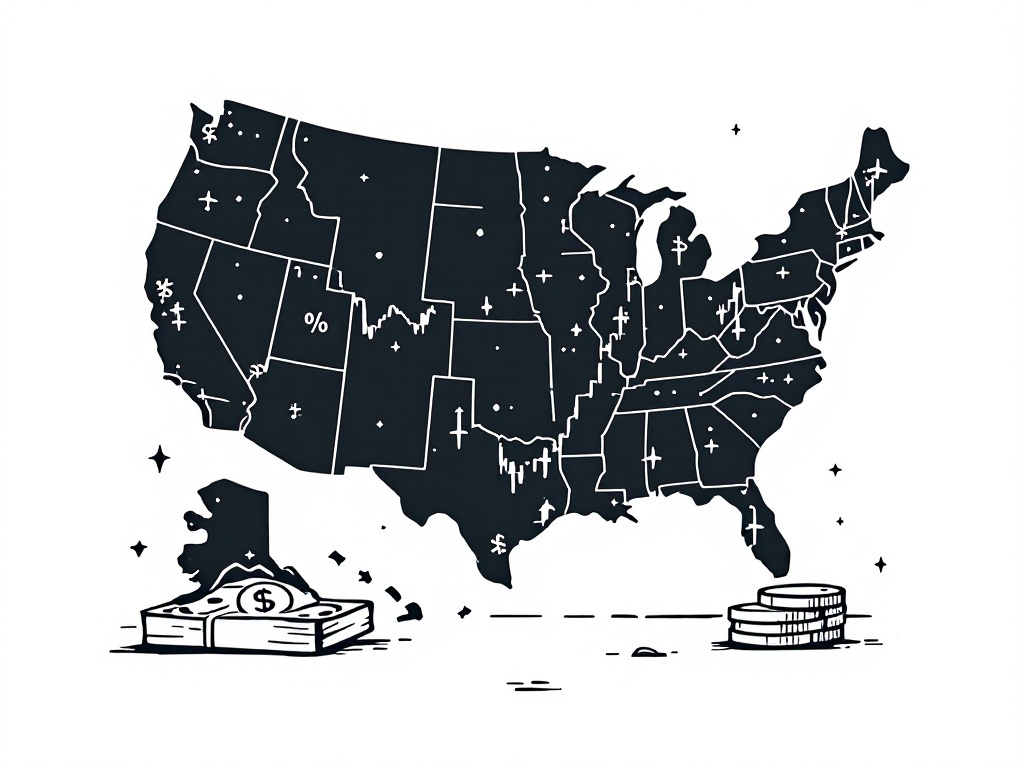US Private Payroll Growth Slows in April Amid Tariff Uncertainty

United States, Wednesday, 30 April 2025.
In April, US private payroll growth fell to 62,000, missing expectations due to caution amid tariff tensions. This raises concerns about the labor market’s resilience.
Economic Indicators Reflect Growing Concerns
The April 2025 US private payroll growth slowed substantially to 62,000, well below the expectations set by economists and much lower than the downwardly revised March figure of 147,000[1]. This deceleration marks the smallest gain since July 2024. The report underscores a growing unease among employers due to President Donald Trump’s tariffs and their impact on hiring plans[1]. Compounding the hiring slowdown, wage growth for those remaining in their jobs also dipped slightly by 0.1 percentage points to 4.5% year-on-year, reflecting a broader trend of restrained growth amidst economic uncertainty[1].
Effects of Trade Tensions on the Labor Market
The ADP report’s revelations are critical as they precede the Bureau of Labor Statistics’ upcoming nonfarm payrolls assessment, which economists predict will differ, potentially reporting a job growth of 133,000 with an unchanged unemployment rate of 4.2%[1]. The pause in hiring is symptomatic of larger economic uncertainties caused by tariff announcements, as highlighted by Nela Richardson, ADP’s chief economist, who noted the considerable difficulty businesses face in making hiring decisions amidst policy ambiguity[1].
Sector-Specific Insights and Broader Implications
The leisure and hospitality sector saw a notable increase in jobs, adding 27,000 positions, followed by trade, transportation, and utilities, which reported a growth of 21,000 jobs. However, not all sectors fared well; education and health services experienced a loss of 23,000 positions, suggesting divergent impacts of trade tensions across various industries[1]. Furthermore, the financial activities sector recorded a gain of 20,000 jobs, illustrating some resilience amidst broader economic slowdowns[1].
Global Economic Context and Future Outlook
On a global scale, the ripple effects of US tariffs are felt as the International Monetary Fund revised its 2025 US growth forecast to 1.8%, down markedly from 2.7%, which is credited largely to trade policy uncertainties[5]. Market volatility has reached new highs as equities continue to react unpredictably to trade news, while a survey indicated that 60% of businesses expect tariffs to negatively impact their activities this year[5][8]. As these trade tensions persist, the financial community braces for potential market corrections, highlighting a continued need for economic clarity and policy stability[5][8].